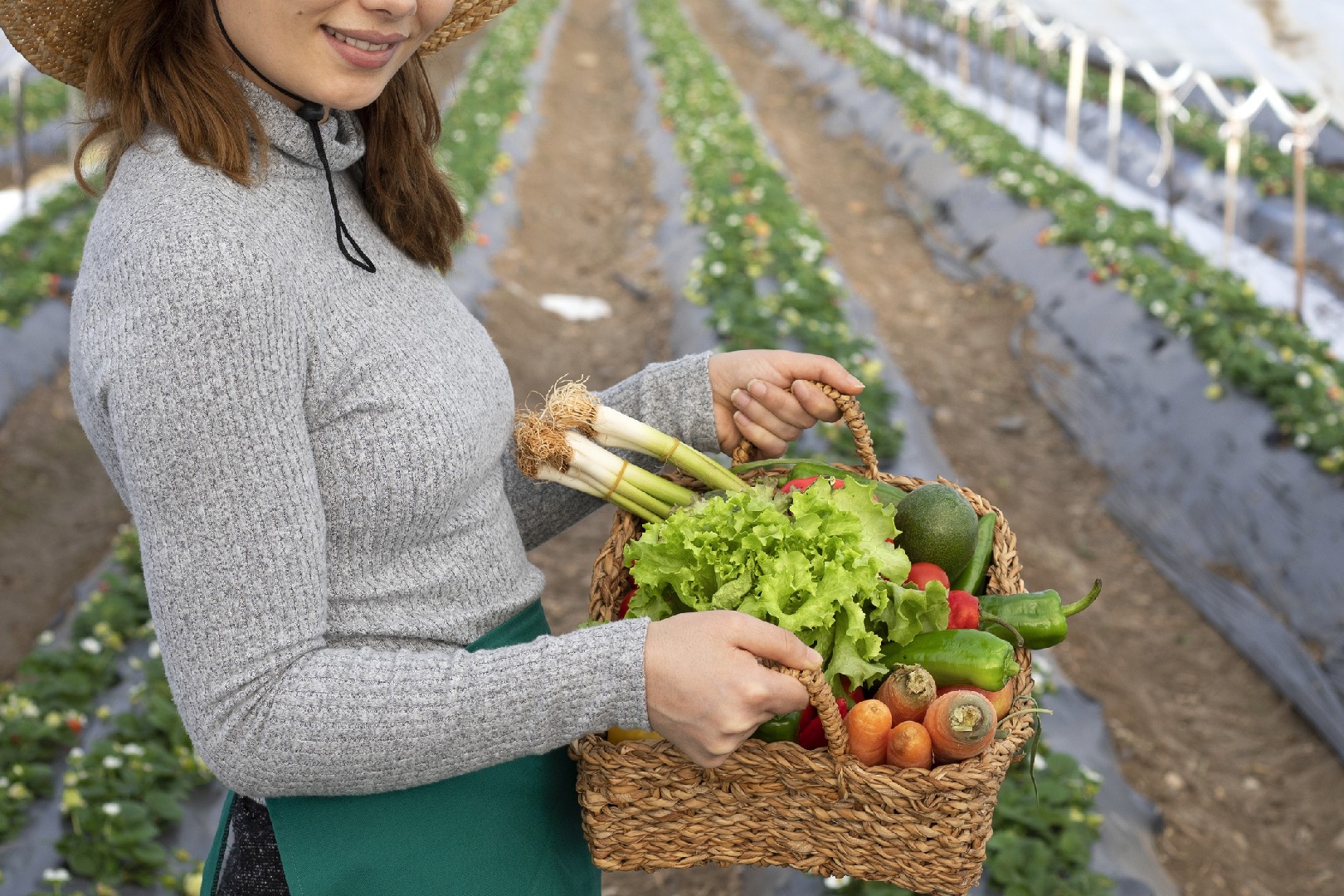![Rectangle]()
Vegetable-Specific Guidelines: From Asparagus to Zucchini
When it comes to harvesting your vegetables, timing is everything. Each type of vegetable has its own specific growth and maturation period, which means that knowing when to harvest can make a big difference in the taste and quality of your harvest. In this section, we'll explore an A-Z guide on when and how to harvest common vegetables, taking into account vegetable-specific characteristics, climatic conditions, and soil conditions.
Let's start with asparagus. Asparagus is a perennial vegetable that takes a few years to establish before you can start harvesting. The optimal time to harvest asparagus is when the spears are around 6-8 inches tall and about the thickness of your finger. To harvest asparagus, gently snap or cut the spears at ground level, being careful not to damage the emerging spears nearby.
Moving on to beans, the best time to harvest them is when the pods are young and tender. The exact length of the pod will depend on the variety you're growing, but generally, you want to harvest them when they are about 4-6 inches long. To harvest beans, hold the stem with one hand and the pod with the other, and gently twist or snap the pod off.
Carrots should be harvested when they have reached their mature size, which is usually around 1-2 inches in diameter. To check if your carrots are ready to be harvested, gently dig around the top of the carrot to see its size. If it's the right size, loosen the soil around the carrot and gently pull it out.
Moving on to zucchini, these fast-growing vegetables should be harvested when they are around 6-8 inches long. If you wait too long to harvest, zucchinis can become tough and less flavorful. To harvest zucchini, use a sharp knife or pruners to cut the stem just above the fruit.
These are just a few examples of vegetable-specific guidelines for harvesting. The key is to pay attention to the specific characteristics of each vegetable and observe them closely as they grow. This will help you determine the optimal time to harvest and ensure that you get the best flavor and quality from your homegrown vegetables.
In addition to vegetable-specific characteristics, the timing of harvest can also be influenced by climatic and soil conditions. For example, tomatoes need warm temperatures to fully ripen, so if you live in a cooler climate, you may need to wait longer for them to reach their peak flavor. Similarly, vegetables grown in poor soil may take longer to mature compared to those grown in nutrient-rich soil.
To summarize, harvesting vegetables at the optimal time requires a combination of knowledge about vegetable-specific characteristics, climatic conditions, and soil conditions. By carefully observing your plants and understanding these factors, you can ensure that you harvest your vegetables at their peak, resulting in the best flavor and quality.
In conclusion, knowing when and how to harvest your vegetables is crucial for achieving the best results in your garden. By following vegetable-specific guidelines, paying attention to climatic and soil conditions, and observing your plants closely, you can ensure that you harvest your vegetables at their prime. So go ahead and put your newfound knowledge to use and enjoy the delicious bounty from your garden.





